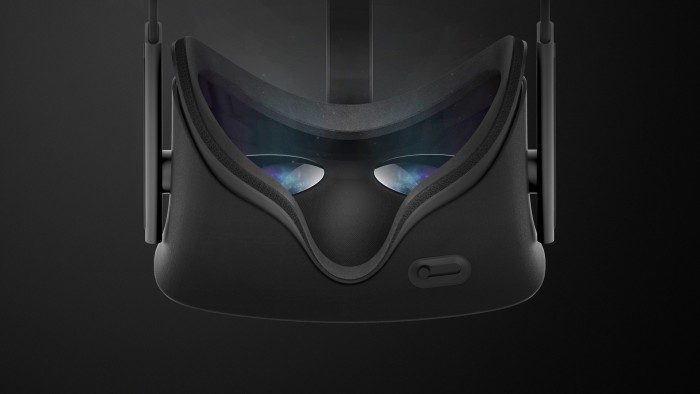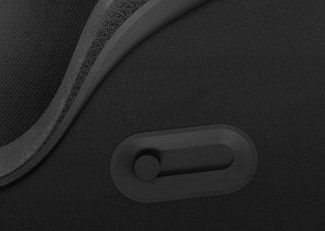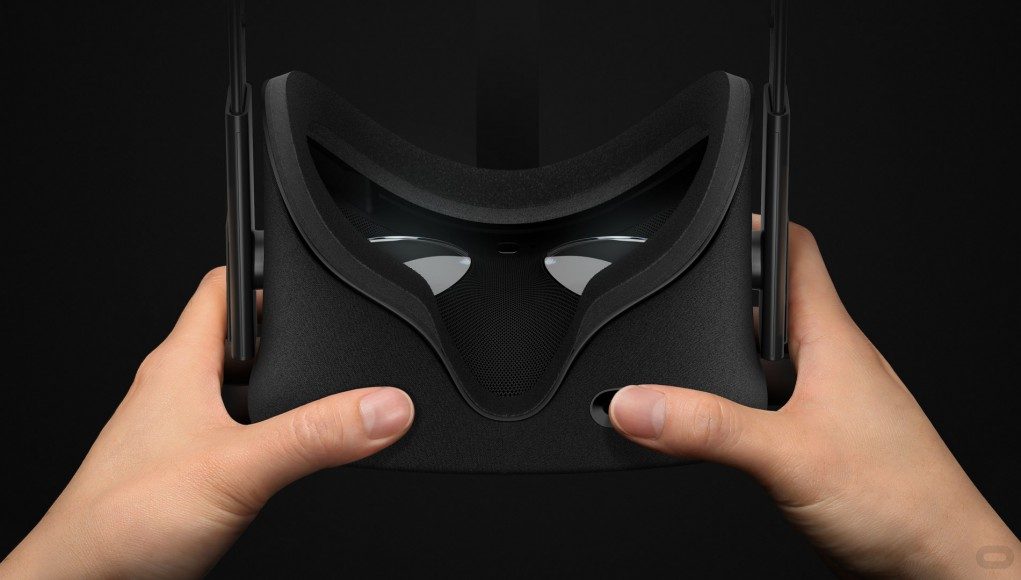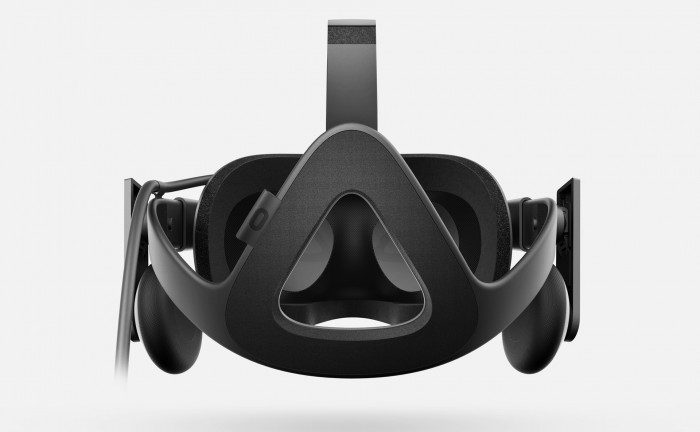Oculus today addressed a longstanding concern with the Rift VR headset by announcing that the consumer model would feature a physical IPD adjustment. The company also says that they’ve made the headset more comfortable for those with glasses.
Although the company has supported software-based IPD adjustments ever since the launch of the Rift DK1 development, the consumer Rift will be the first VR headset from Oculus to include a physical IPD adjustment, allowing the distance between the lenses to correctly match each user’s interpupillary distance—the distance between the eyes.
Ensuring that each lens is directly aligned with the user’s eyes is critical for clarity and comfort of the VR experience. While a bulk of the population falls within a fairly tight IPD range around the 63mm mark, IPD has been measured as small as 52mm and as large as 78mm for males (and up to 76mm for females). For these outliers, using a VR headset with a mismatched IPD can be quite uncomfortable, making it more difficult to align the unique image that’s displayed to each eye. One intrepid early adopter created IPD adapters for the Rift DK1 and DK2.

The interesting design of the inside part of the Rift near the lenses, which appears to make ample use of cloth-like materials, didn’t seem particularly telling of an IPD adjustment. Nevertheless, today Oculus confirmed at their pre-E3 ‘Step into the Rift’ event that the slider spotted on the bottom of the consumer Rift headset was indeed an IPD adjustment, as some had suspected. It would seem that the cloth area may bend and flex, allowing the headset’s lenses to move freely.
 The company hasn’t said exactly what range of IPD the headset will be able to accommodate. It also remains unclear if the Rift will support an eye-relief adjustment, allowing users to increase or decrease the eye-to-lens distance. Both the Oculus Rift DK1 and DK2 development kits had such an adjustment, but the consumer version of the Rift doesn’t outwardly appear to share the feature.
The company hasn’t said exactly what range of IPD the headset will be able to accommodate. It also remains unclear if the Rift will support an eye-relief adjustment, allowing users to increase or decrease the eye-to-lens distance. Both the Oculus Rift DK1 and DK2 development kits had such an adjustment, but the consumer version of the Rift doesn’t outwardly appear to share the feature.
See Also: HTC Vive Setup Guide Reveals IPD, Eye-relief Adjustments, and More
Those with glasses will also be happy to hear that the headset has been improved for spectacles, Oculus CEO Brendan Iribe said, as he and founder Palmer Luckey both sported glasses on stage.
Oculus has long acknowledged the desire of glasses wearers to be able to use the Rift without interference from their prescription frames. The company provided a few different lenses to help alleviate focus issues for those with certain eye conditions and alternatively suggested the use of contacts.
At least one man was so bothered by not being able to see the Rift’s display sharply that he opted for laser eye surgery.
Oculus didn’t reveal specifics about how the headset would be better for those with spectacles other than saying that they’d “evolved the form factor to better accommodate glasses.”
The ideal solution for glasses wearers would be a diopter adjustment, allowing no glasses to be worn, but enabling users to adapt the lenses to their exact vision prescription. Oculus, like its other major competitors (Valve and Sony) has not included a diopter adjustment on the Rift VR headset.








